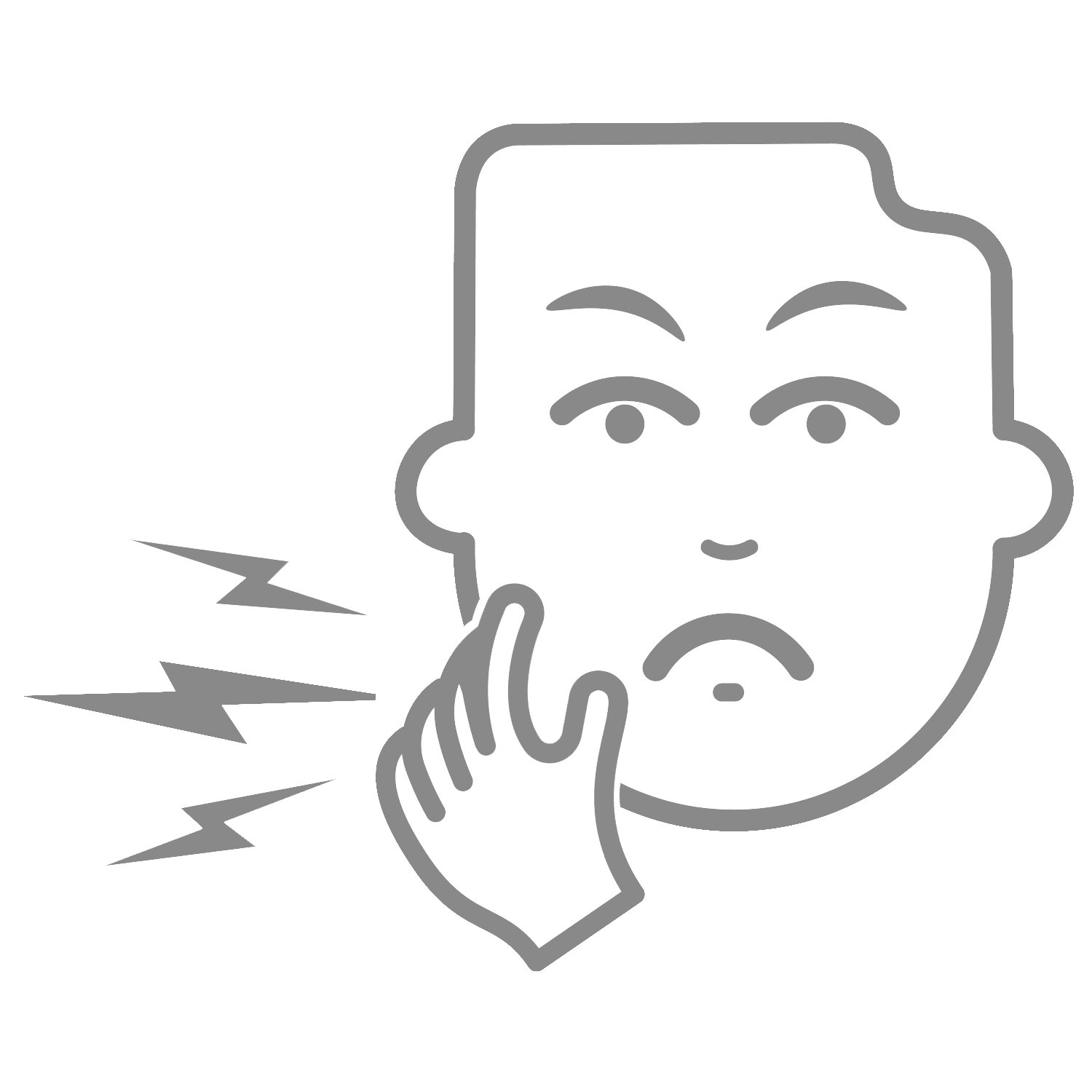OVERVIEW
As everyone knows, just like money can be turned into meat and coins, or dollars and rials into each other, the brain contains mechanisms that convert stress into somatic symptoms. In these conversions, there are primary and secondary benefits which can be discovered through the process of psychotherapy and the patient will be aware of them.
People struggling these problems have long sought somatic origins in the offices of internal neurologists. Since the symptoms are completely real and there is no pretending, it is difficult for the patient to accept the psychological origin of the issue. Therefore, accepting the treatment process is hard.
what is Conversion disorder?
Conversion disorder includes symptoms or deficits affecting sensory or motor functions, which is preceded by conflicts and stressors.
Symptoms of conversion disorder
– Involuntary movements, tics, blepharospasm, seizures, abnormal gait, falling, astasia-abasia, paralysis and weakness.
– Anesthesia, especially of extremities, anesthesia at moderate risk, blindness, deafness, psychogenic vomiting, false pregnancy, fainting, urinary retention and diarrhea.
Epidemiology
- The lifetime prevalence in the general public ranges from 11 per 100,000 to 300 per 100,000 persons.
- Women are twice as likely as men to develop this disorder, sometimes it even reaches as many as 10 times.
- The symptoms on the left side of the body of a female are more common than on the right side of their body.
- Men suffering from this disorder often have experienced occupational or military accidents.
- The onset of conversion disorder can be at any time in life. However, before the age of 10 and after the age of 35 is rare in this regard.
- Conversion symptoms in children under 10 are usually limited to walking and seizures.
- This type of disorder is more common among rural communities, Illiterate individuals, low socio-economic groups, and military personnel who have faced war situations.





